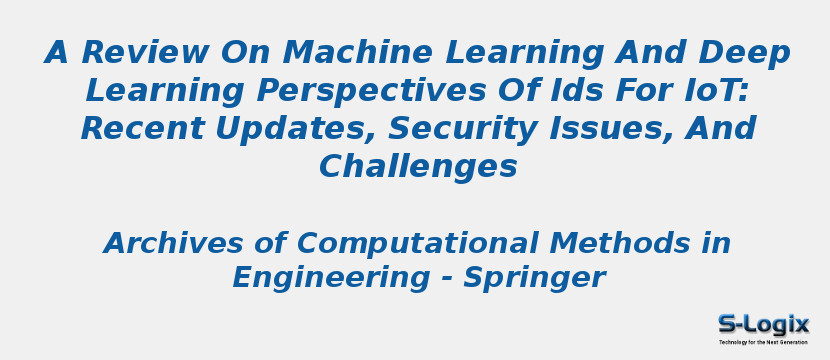Research Area: Internet of Things
Internet of Things (IoT) is widely accepted technology in both industrial as well as academic field. The objective of IoT is to combine the physical environment with the cyber world and create one big intelligent network. This technology has been applied to various application domains such as developing smart home, smart cities, healthcare applications, wireless sensor networks, cloud environment, enterprise network, web applications, and smart grid technologies. These wide emerging applications in variety of domains raise many security issues such as protecting devices and network, attacks in IoT networks, and managing resource-constrained IoT networks. To address the scalability and resource-constrained security issues, many security solutions have been proposed for IoT such as web application firewalls and intrusion detection systems. In this paper, a comprehensive survey on Intrusion Detection System (IDS) for IoT is presented for years 2015–2019. We have discussed various IDS placement strategies and IDS analysis strategies in IoT architecture. The paper discusses various intrusions in IoT, along with Machine Learning (ML) and Deep Learning (DL) techniques for detecting attacks in IoT networks. The paper also discusses security issues and challenges in IoT.
Keywords:
Author(s) Name: Ankit Thakkar & Ritika Lohiya
Journal name: Archives of Computational Methods in Engineering
Conferrence name:
Publisher name: Springer
DOI: 10.1007/s11831-020-09496-0
Volume Information: volume 28, pages: 3211–3243 (2021)
